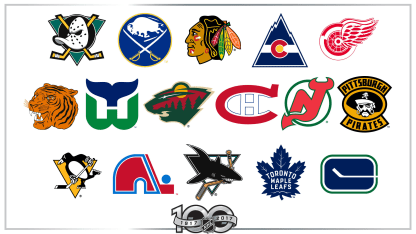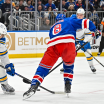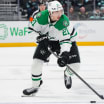Gracing the front of just about every NHL sweater ever worn, logos have played an underappreciated but very important role in hockey history. They can be an instant visual link between eras; players and coaches come and go, but a logo can last for generations.
Here we take a look at what I consider to be the greatest and most iconic logos to be worn throughout the NHL's first 100 years.
Greatest NHL logos of all time
Iconic designs worn throughout League's 100 years


















